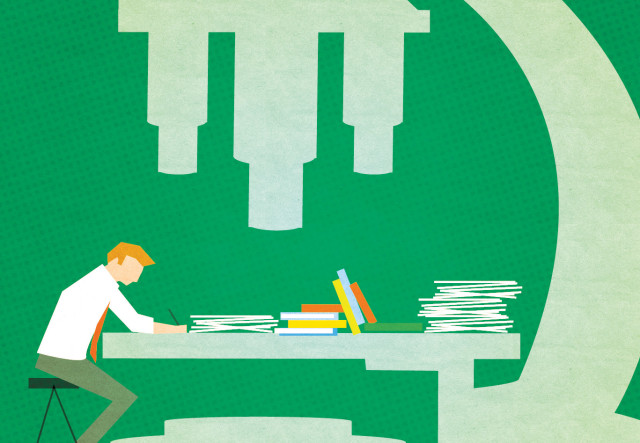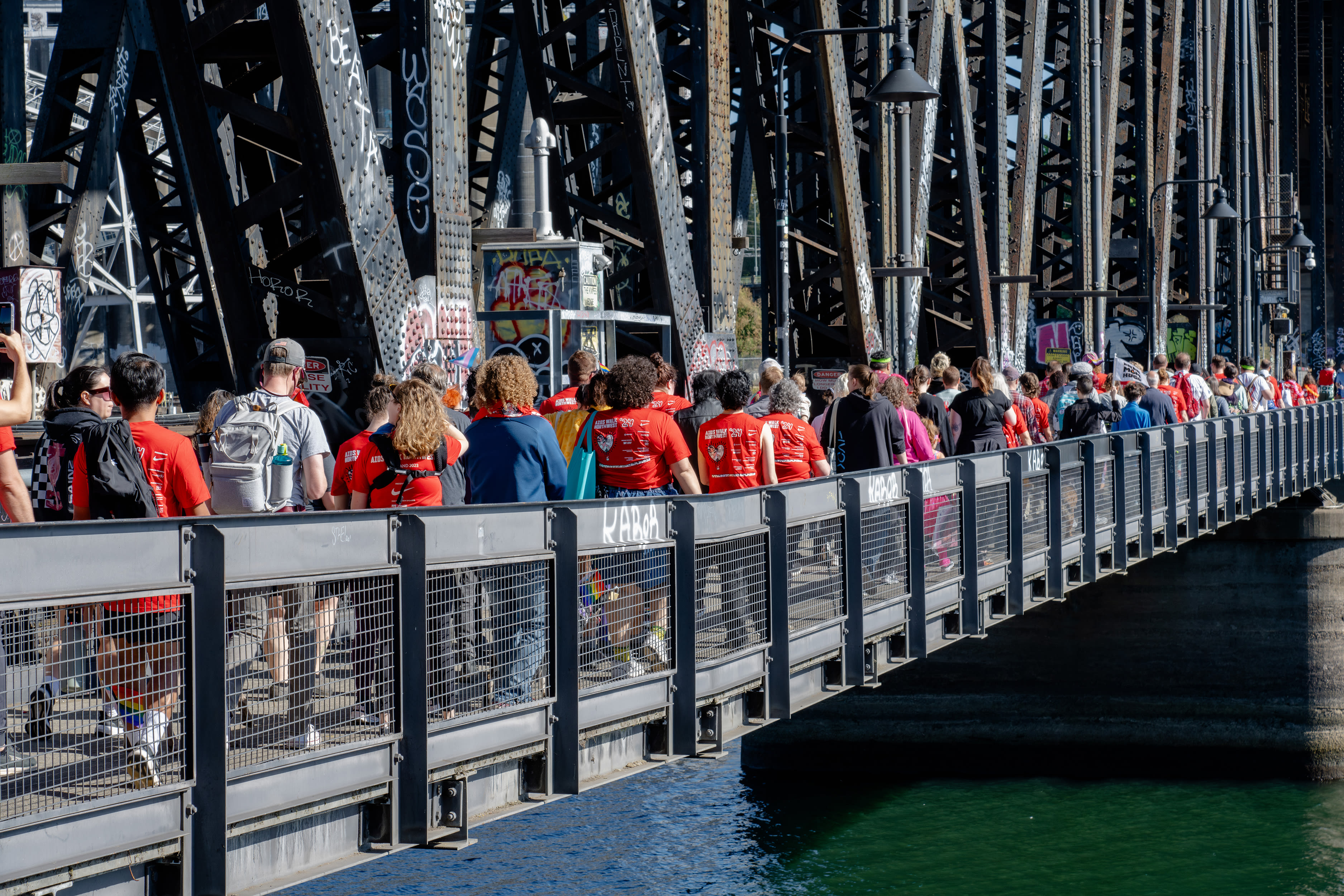The Portland Lawyers Who Patent Uncle Sam's Medical Breakthroughs

Image: Amy Martin
Strange true fact: the law firm that provides more services to the US government than any other is based not in DC or New York City, but in Portland. Klarquist Sparkman owes this superlative largely to its 15-strong life sciences team—specialists in immunology, genetics, and other fields—and nearly 20 years as the go-to patent firm for top federal research agencies.
William Noonan, a 59-year-old medical doctor and patent attorney, has led Klarquist’s work for the National Institutes of Health, Centers for Disease Control and Prevention, and other agencies since 1997. “I decided the best way to combine my two fields was to apply my medical training to patent law,” Noonan says. “I’ve been able to work with some of the most interesting advances in medical science.”
Noonan and his team have helped the government patent a wide range of medical innovations, generating intellectual property worth billions and shaped by the public interest. “We tend to work with whatever is most important to public health at a given moment,” he says. “In the ’90s, that meant a lot of work around the human genome. After 9/11, we did a lot of projects that had to do with bioterrorism. In the last year or so, it’s been Ebola.”
Government research agencies fund and conduct research, then come to Klarquist with discoveries. Once a patent is secured, the feds often license inventions to private companies for production, with royalties on the profits flowing to public coffers. For example, heart stents coated with taxol, a drug originally developed to treat breast cancer, proved one of the NIH’s top moneymakers for several years after Klarquist handled the patent process.
Klarquist works with researchers all over the country, but Noonan says a Portland base actually helps: “If there’s a tight deadline, Washington time, we can work later and beat it.” In fact, he says his team’s biggest challenge stems from working for, effectively, everyone.
“Federal labs are in the business of public knowledge,” he says. “There’s a drive to publish—as there should be. If someone is going to publish on Monday, we get the patent work done before then.”




